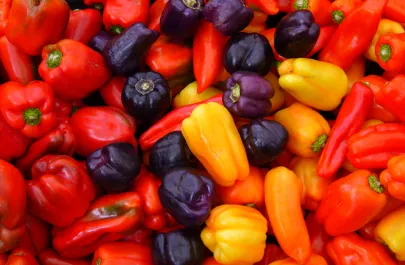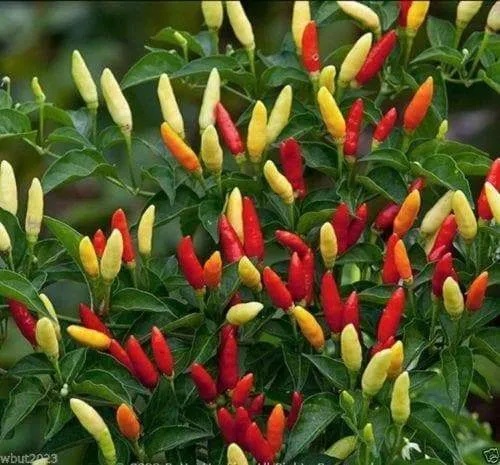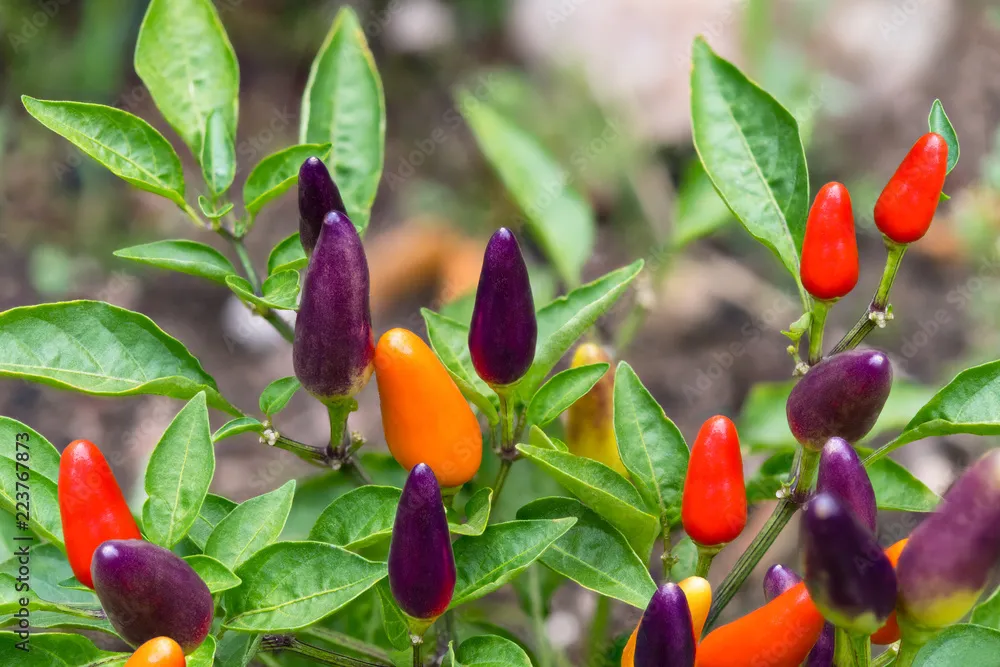Within the Solanaceae the Chili bell pepper (Capsicum chinense J), has a variety of taxonomic styles that allows it to be among one of the main fruits with the greatest diversity of genera. As for the root system, pivotal and deep (depending on the depth and texture of the soil), with numerous adventitious roots that horizontally can reach a length between 50 cm and 1m respectively.



▶ The main stem is of limited growth and erect, from a certain height (cross) emits 2 or 3 branches (depending on the variety), continues branching dichotomously until the end of its cycle (the secondary stems are bifurcated after sprouting several leaves).

▶ Credits: stock.adobe – [Image of Public Domain]
≕ I invite you to stay tuned and read my next contribution ≔
In plant tissue, the leaves are entire, hairless and lanceolate, with a very deepened apex (acuminate) and a long and not very apparent period. The upper side is glabrous (smooth and soft to the stem) and more or less intense green (depending on the variety), and shiny. In that sense, the main nerve starts from the base of the leaf with a prolongation of the petiole, as well as the nervations. Secondary ones are pronounced and reach the edge of the leaf. The insertion of the leaf into the stem takes place alternately and its size is variable depending on the variety, extending some correction from the size of the leaf and the average weight of the fruit.
The flowers appear single at each node of the stem, with insertion in the leaf axils. They are small and consist of a white corolla. Pollination is self-pollination, which does not exceed 10%.

The fruits are hollow berry type, semicartilaginous, and depressed of variable odor (green, red, yellow, orange, orange, violet or white), some varieties go from green to orange and red as they ripen. Its size is variable and can weigh from a few grams to 500g. In this sense, the seed is inserted in a conical placenta of central disposition. They are rounded, slightly kidney-shaped, pale yellow in color and vary in length from 3 to 5 cm.
NOTE: Reference material.